CCSS.ELA-LITERACY.W.3.4
With guidance and support from adults, produce writing in which the development and organization are appropriate to task and purpose. (Grade-specific expectations for writing types are defined in standards 1-3 above.)
- Free Plan
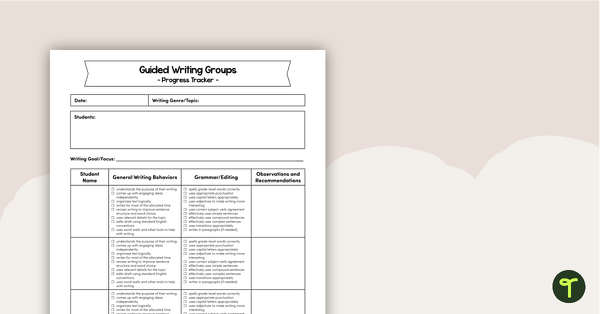
Guided Writing Groups - Progress Tracker
Track student progress during guided writing sessions with this template.
- Plus Plan
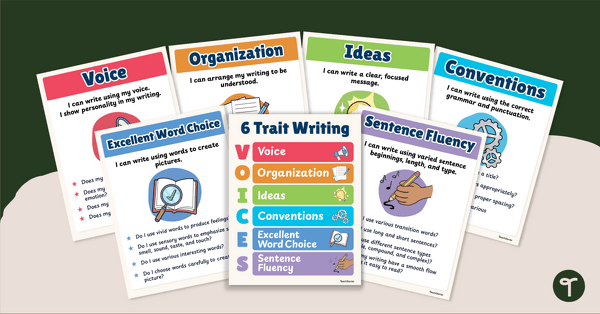
V.O.I.C.E.S. - 6 Traits of Writing Poster Pack
Improve student writing using our V.O.I.C.E.S. 6 Traits of Writing Poster Pack!
- Free Plan
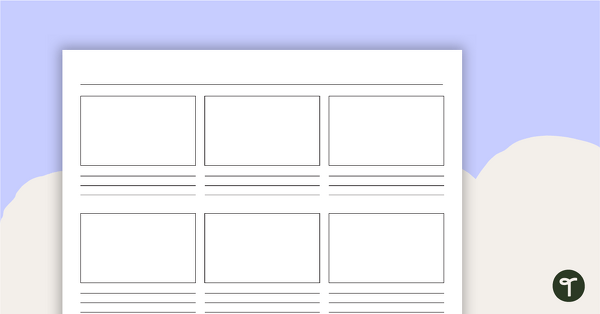
Storyboard Template
A template for use when planning a narrative text.
- Plus Plan
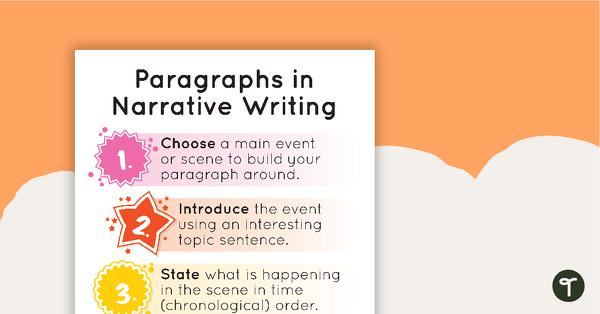
Paragraphs in Narrative Writing Poster
A poster explaining how to write paragraphs in narrative texts.
- Plus Plan
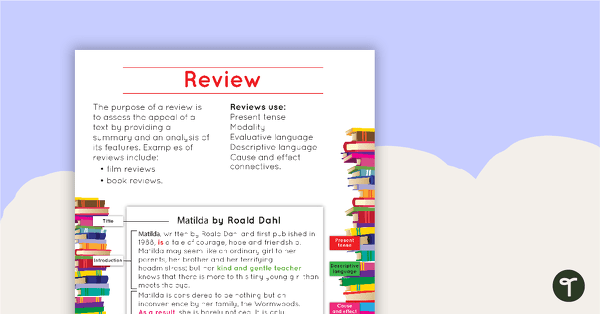
Review Text Type Poster With Annotations
A poster about reviews, including an annotated example.
- Plus Plan
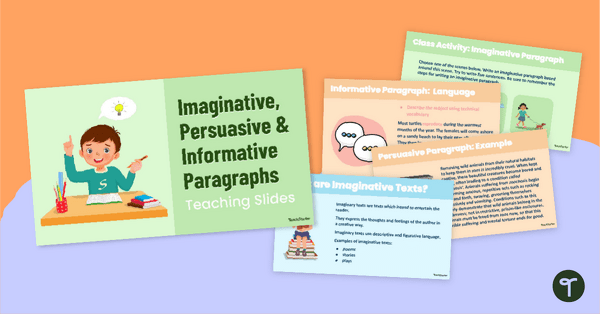
Imaginative, Persuasive and Informative Paragraphs PowerPoint
Learn about the different structures of imaginative, persuasive and informative paragraphs.
- Plus Plan
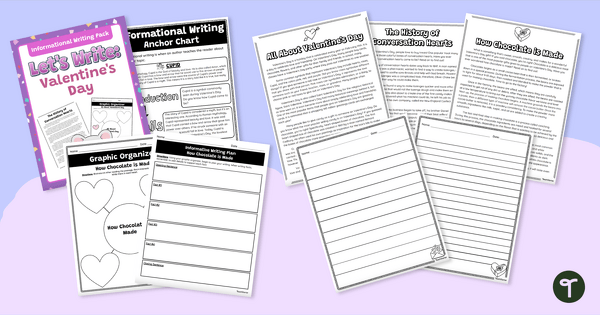
Valentine's Day Informational Writing - Writing Prompt Activity Pack
Sweeten up your informational writing lessons with a Valentine’s Day Informational Essay pack.
- Plus Plan
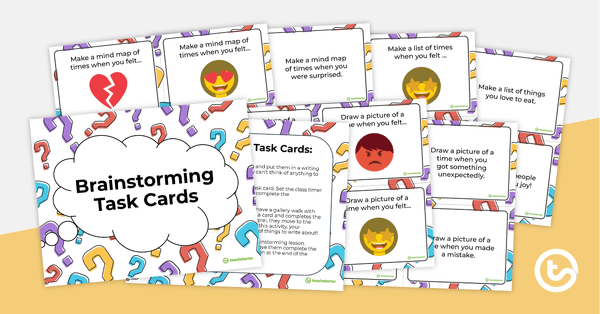
Brainstorming Task Cards
A set of 24 task cards to practice the brainstorming techniques of drawing a picture, creating a mind map, and making a list.
- Plus Plan
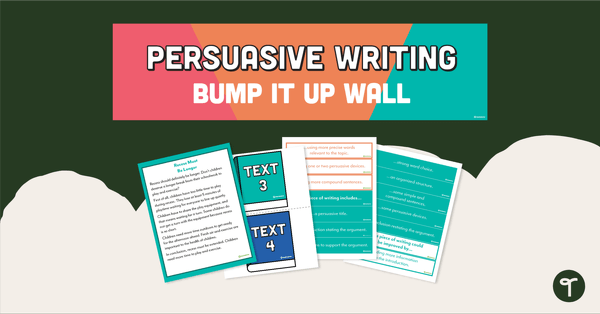
Persuasive Writing Bump It Up Wall – Grade 3
Help your 3rd-grade students "bump up" their persuasive writing with this bulletin board display.
- Free Plan
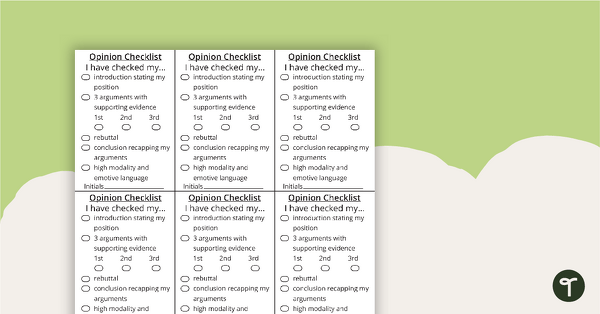
Opinion Writing Checklist
Now your students can make sure that they have everything they need in their opinion text.
- Plus Plan
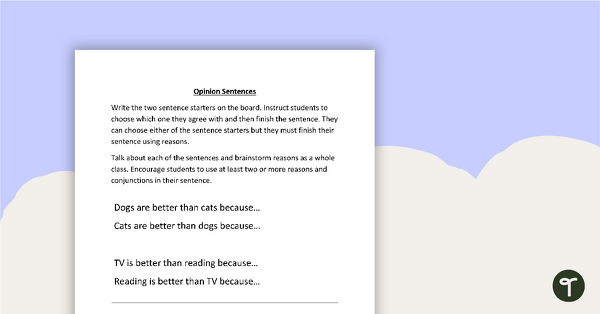
Opinion Sentence Worksheet
Some opinion sentence starters to be completed with evidence.
- Plus Plan
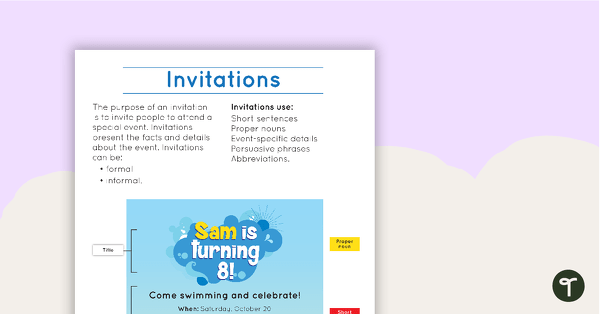
Invitation Text Type Poster With Annotations
A poster about invitations, including an annotated example.
- Plus Plan
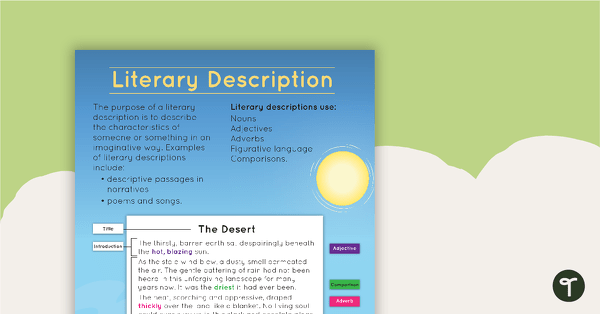
Literary Description Text Type Poster With Annotations
A poster about literary descriptions, including an annotated example.
- Plus Plan
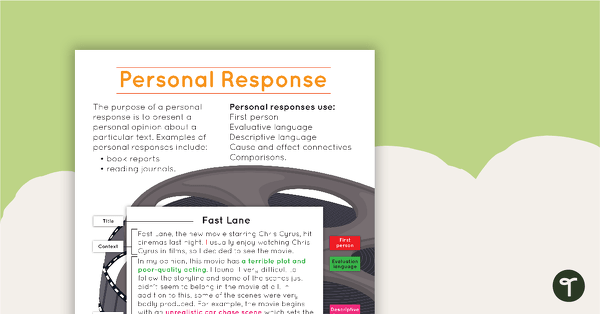
Personal Response Text Type Poster With Annotations
A poster about personal responses, including an annotated example.
- Plus Plan
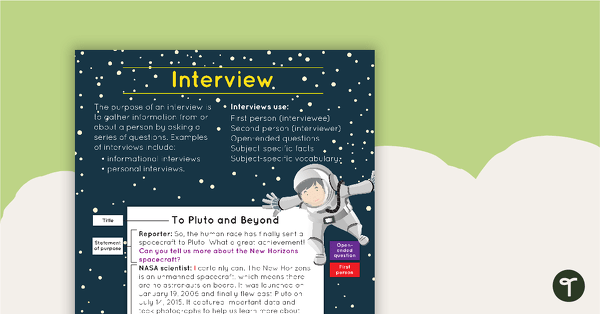
Interview Text Type Poster With Annotations
A poster about interviews, including an annotated example.
- Plus Plan
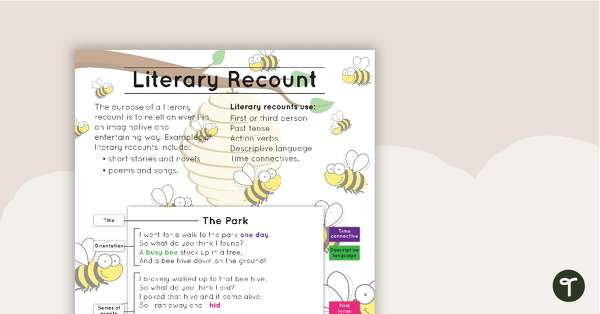
Literary Recount Text Type Poster With Annotations
A poster about literary recounts, including an annotated example.
- Plus Plan
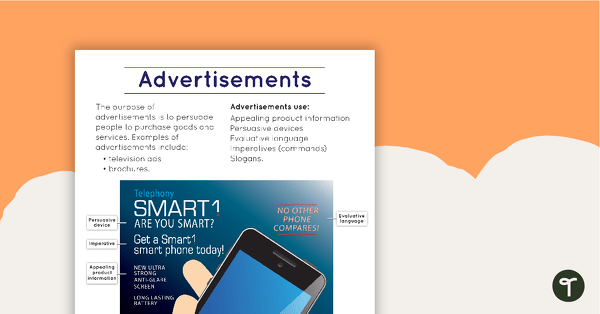
Advertisement Text Type Poster With Annotations
A poster about advertisements, including an annotated example.
- Plus Plan
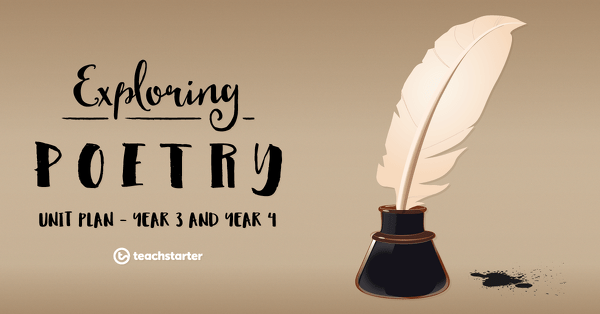
Exploring Poetry - Year 3 and Year 4 Unit Plan
This English unit addresses common poetic devices such as sound play, word play and imagery and explores how these may be applied to narrative poetry.
- Plus Plan
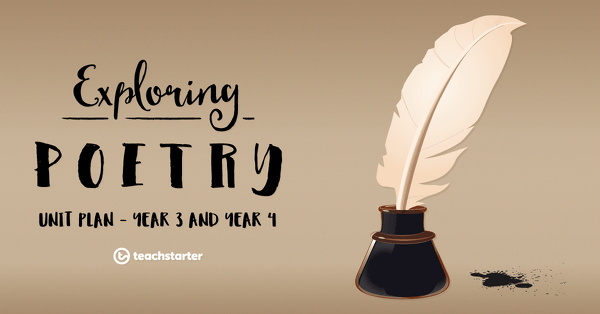
Planning and Writing a Narrative Poem
A 60 minute lesson in which students will plan and write a narrative poem which includes a setting, characters and a storyline.